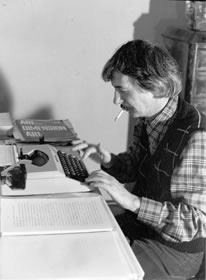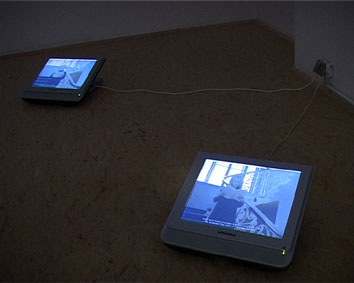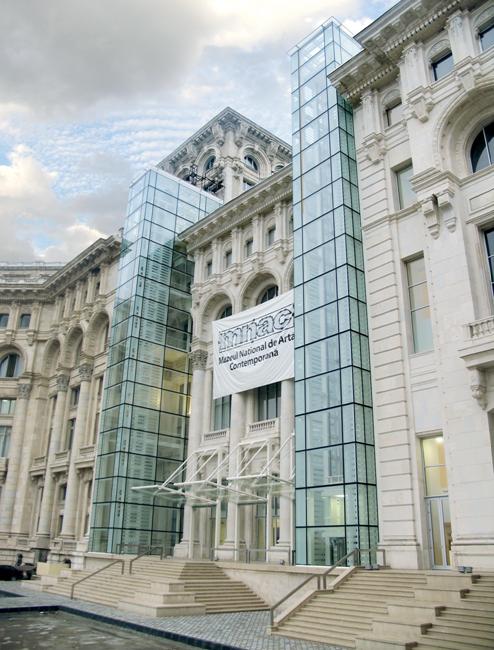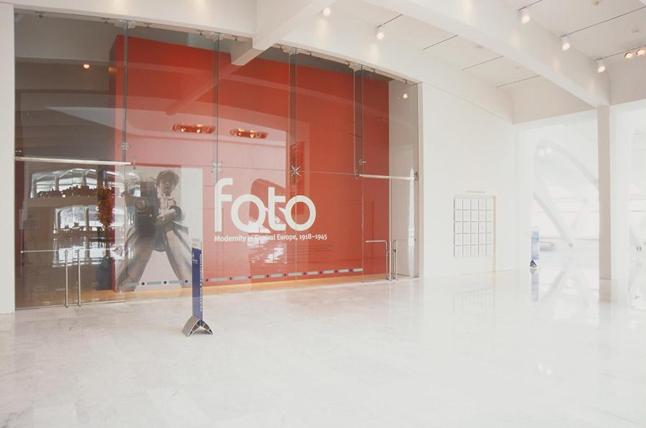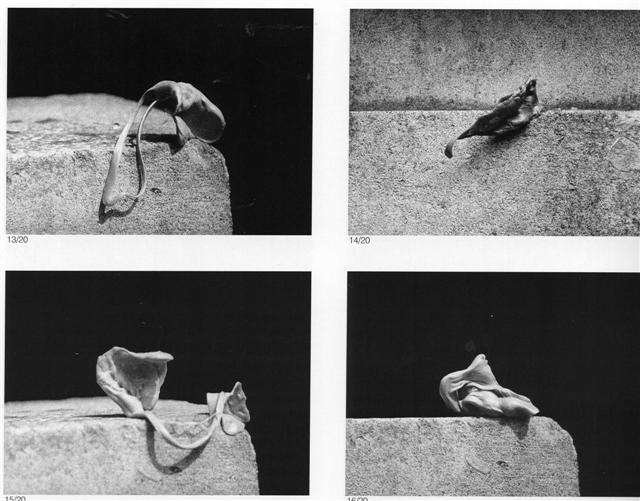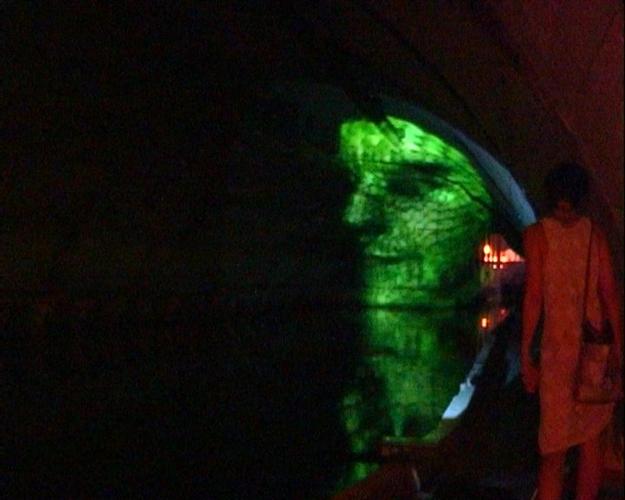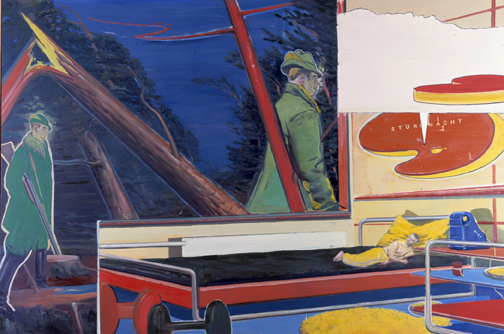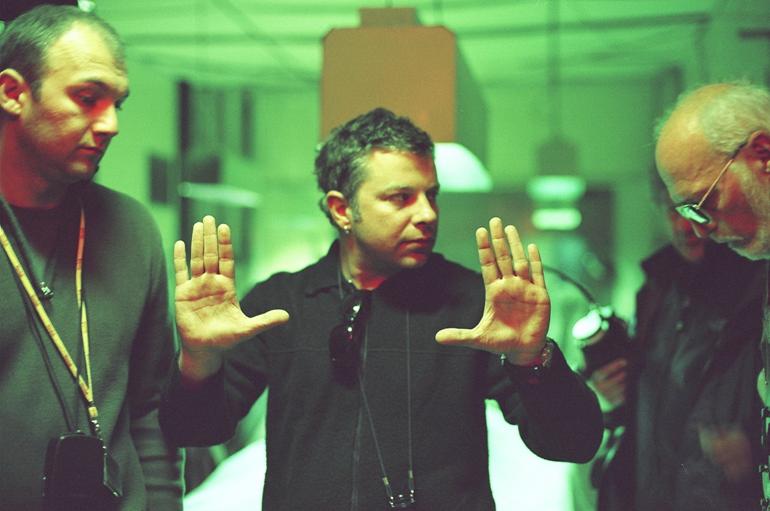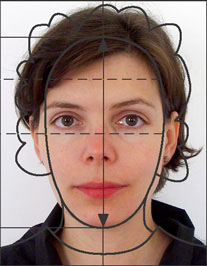Lightening up the World: Documentary Mixes Soviet Propaganda, Reality Soap and Music TV.
Coal Dust (Ugol’naya Pyl’). Directed by Maria Miro (aka Maria Miroshnichenko). VGIK, Ostrov Studio, 2006. Video: 20 min, 35mm.
The twenty-minute documentary Coal Dust (Ugol’naya Pyl’) was shot by a young VGIK team in the Chelyabinsk area (located in the east of Ural Mountains) in 2005. After the shooting was completed in 2006, the director Maria Miro (Miroshnichenko) was honored at the “Window to Europe” festival in Vyborg in 2007 for the best debut. In the same year her film also won the Moscow student film festival “St. Anna” (“Svyataya Anna”) in the non fiction film … Read more


